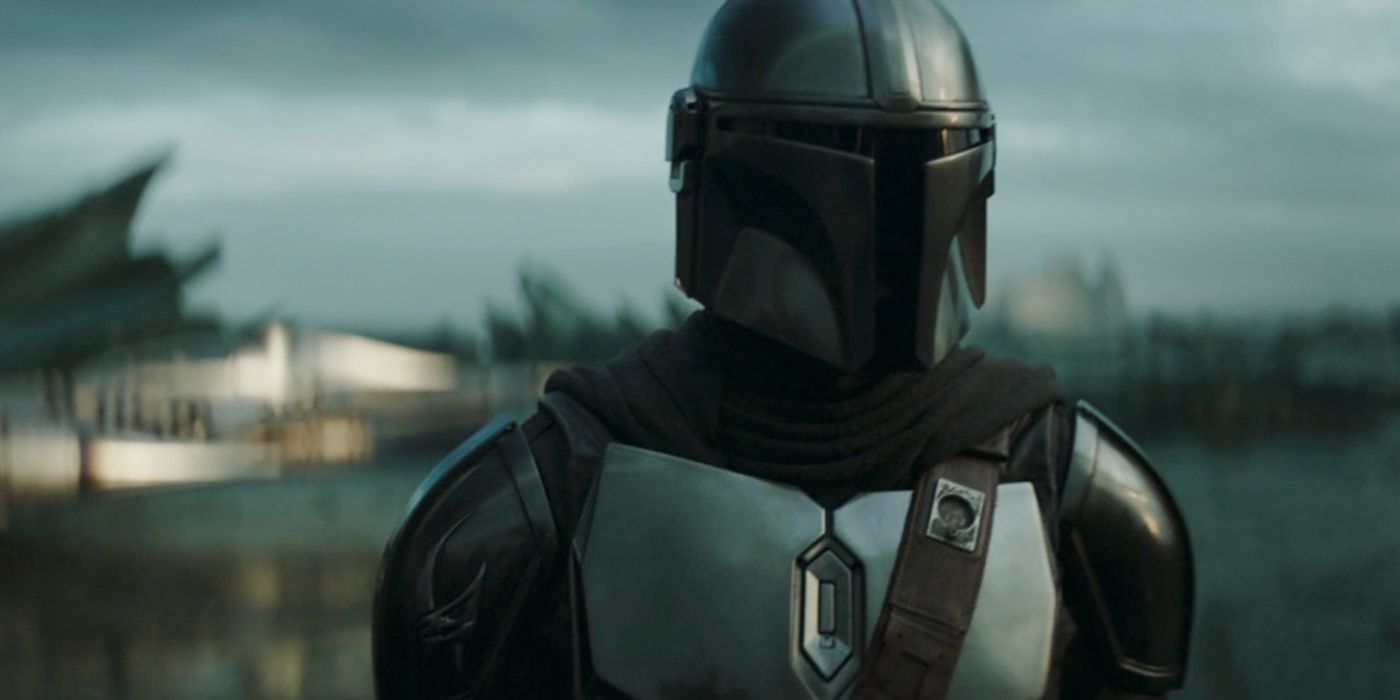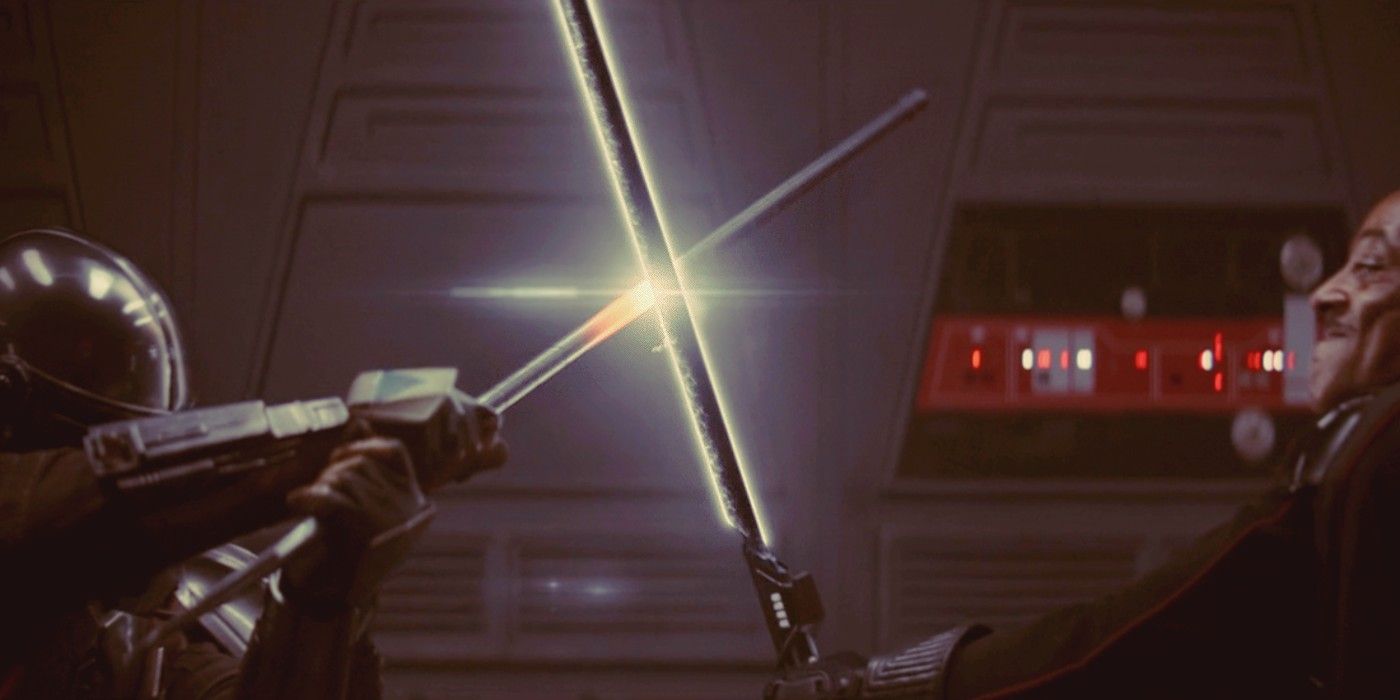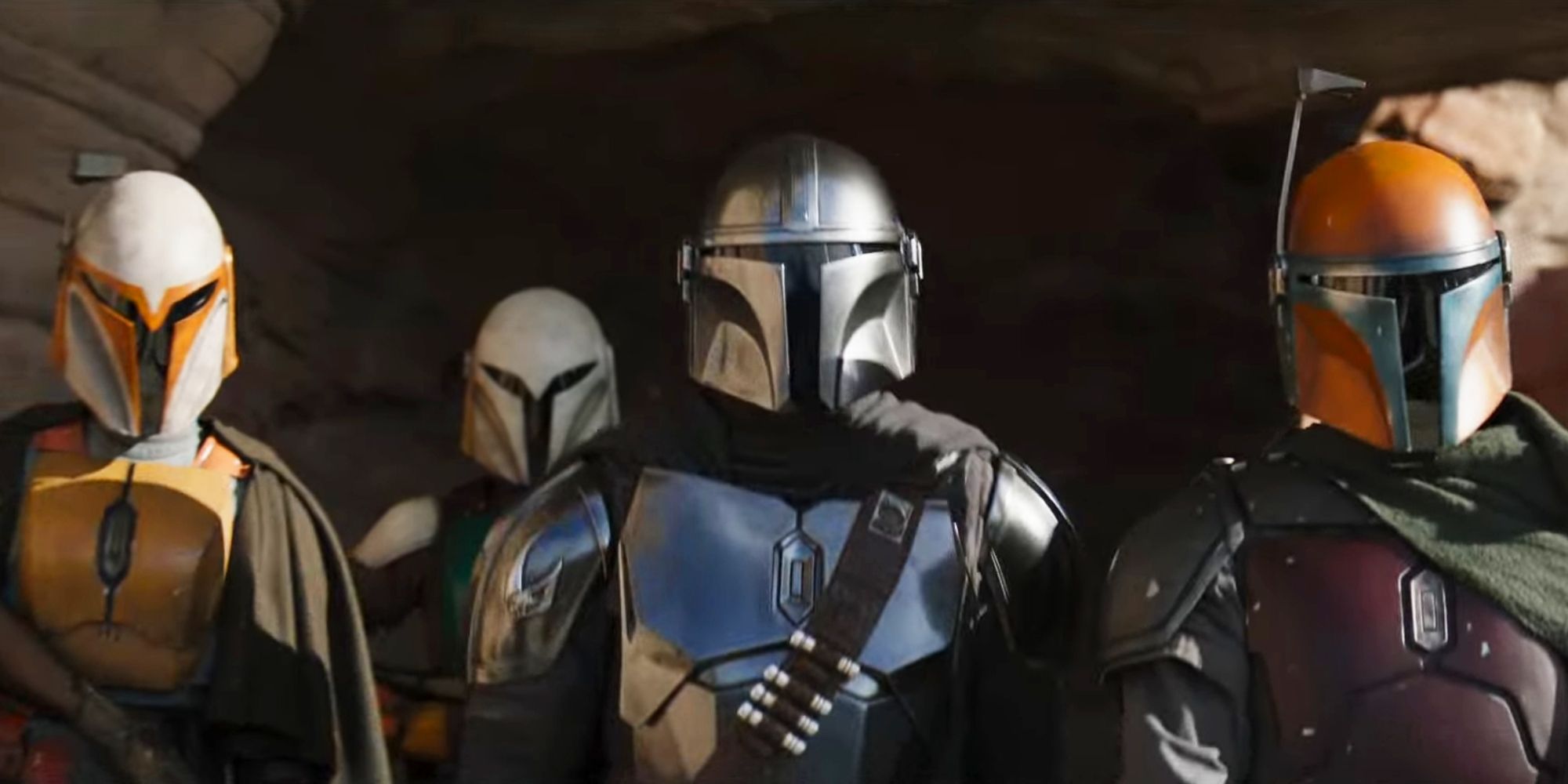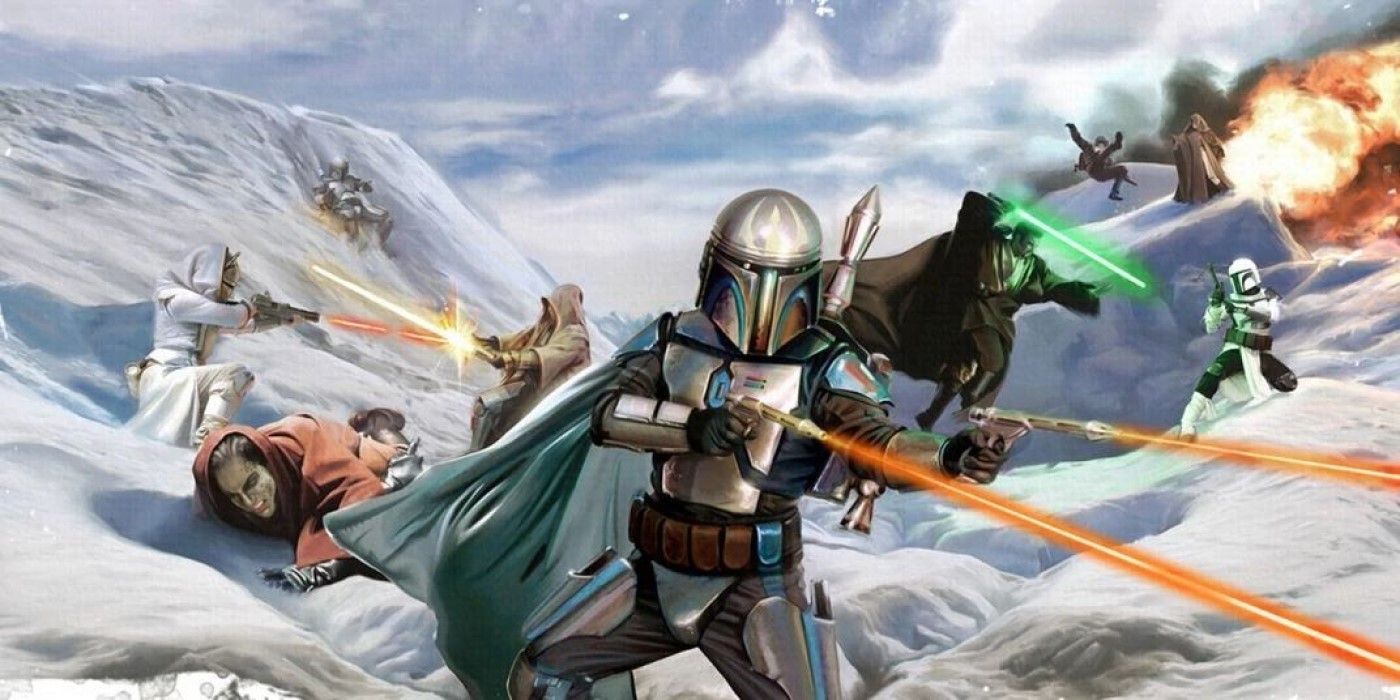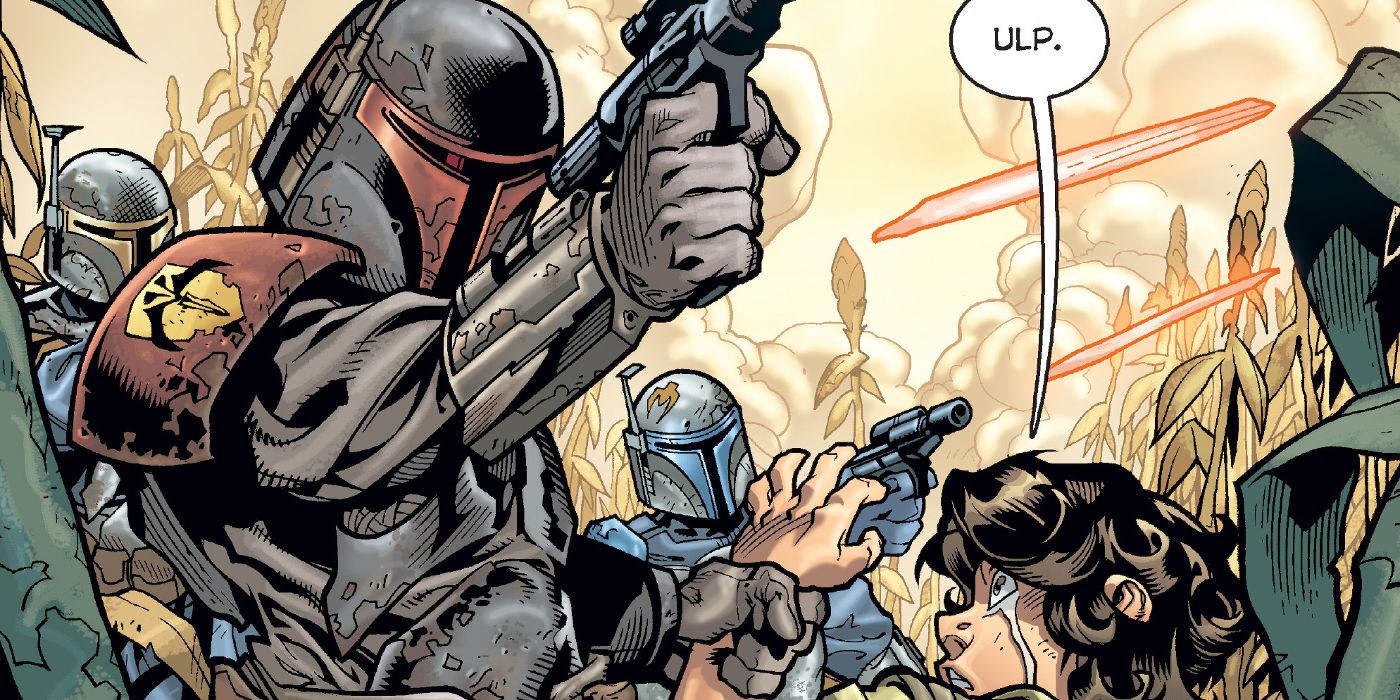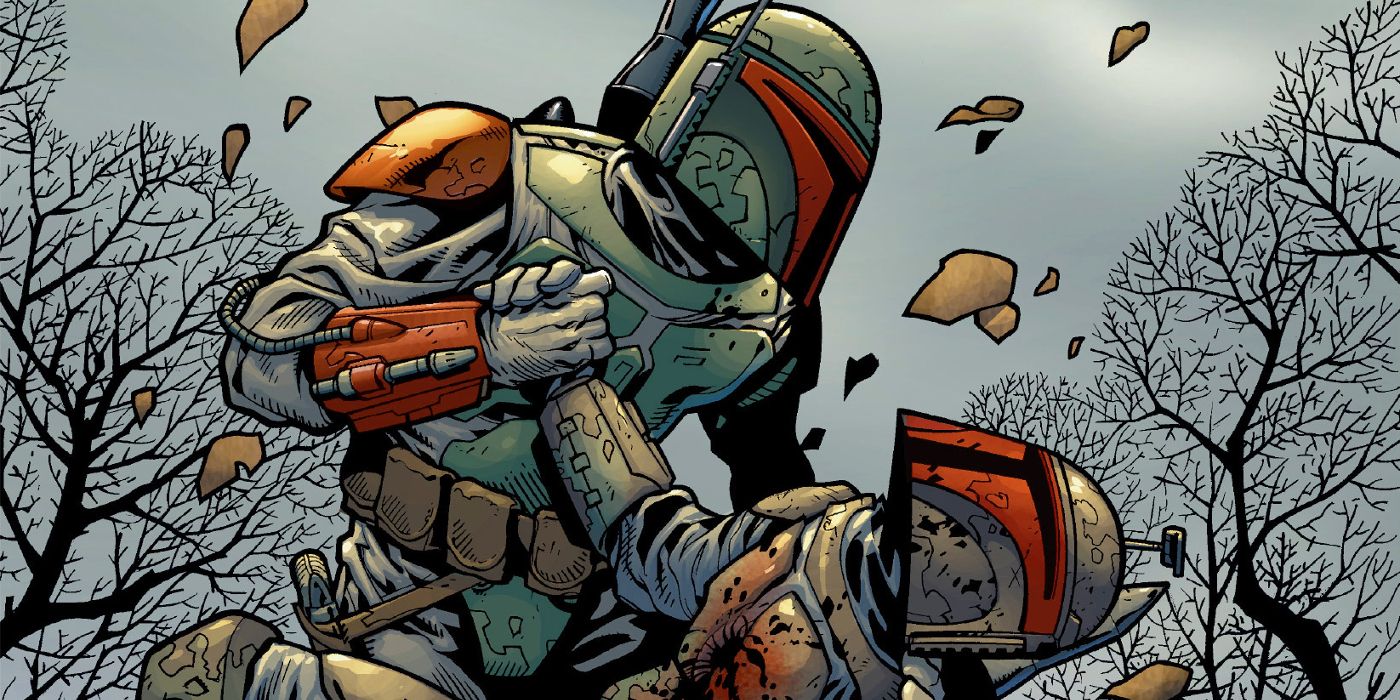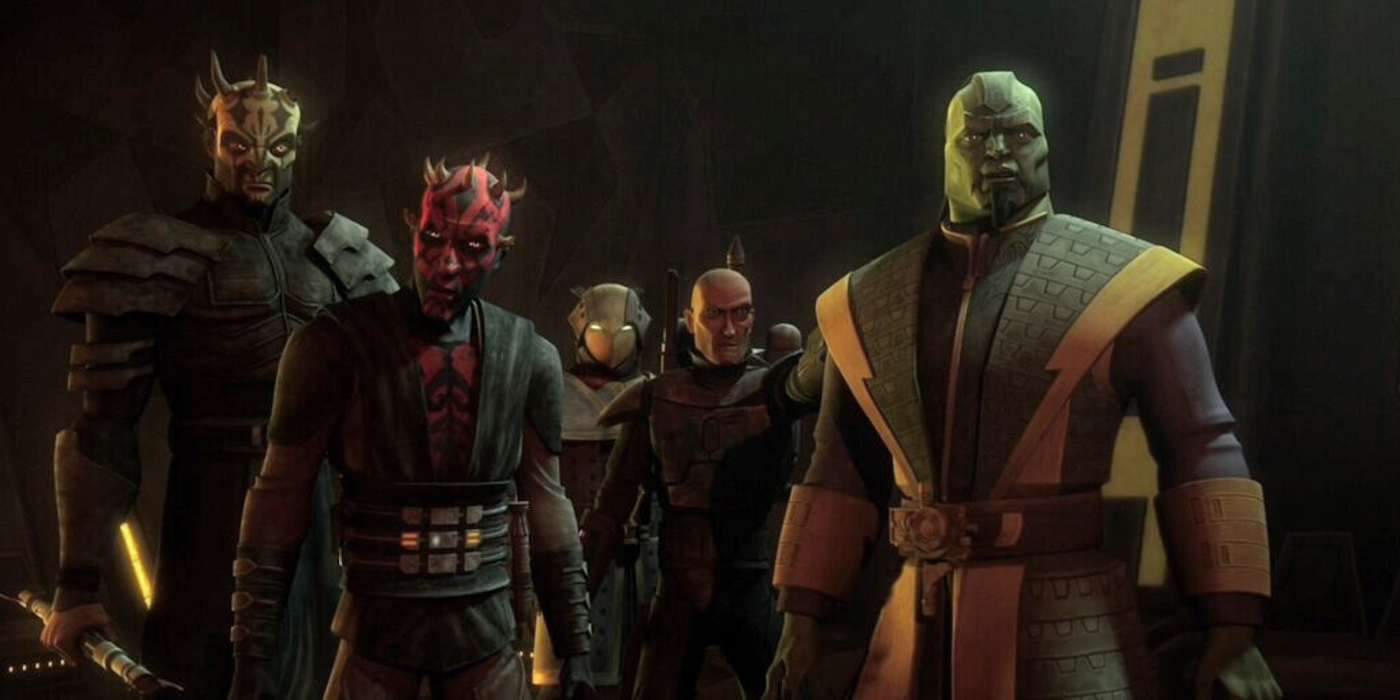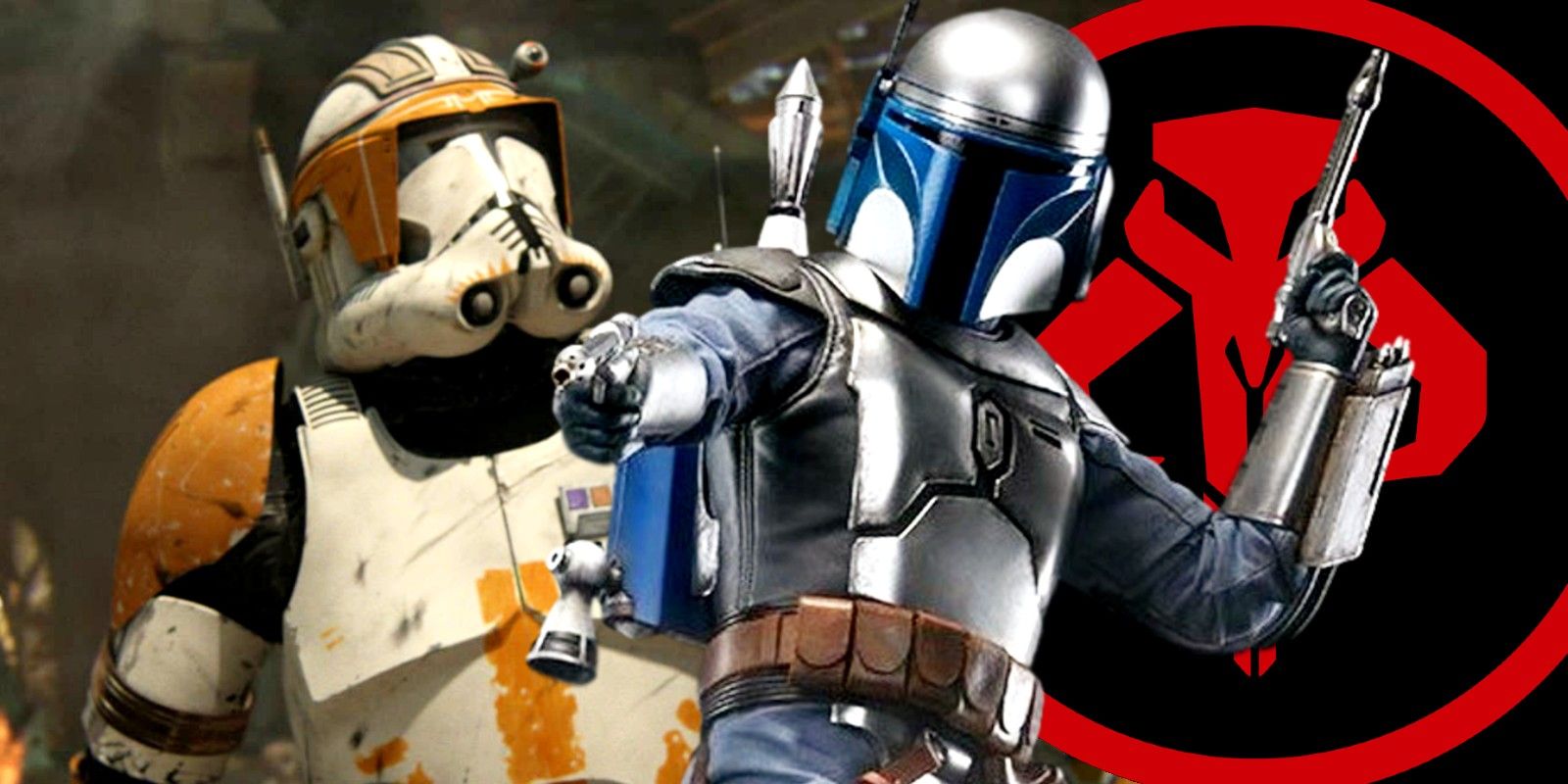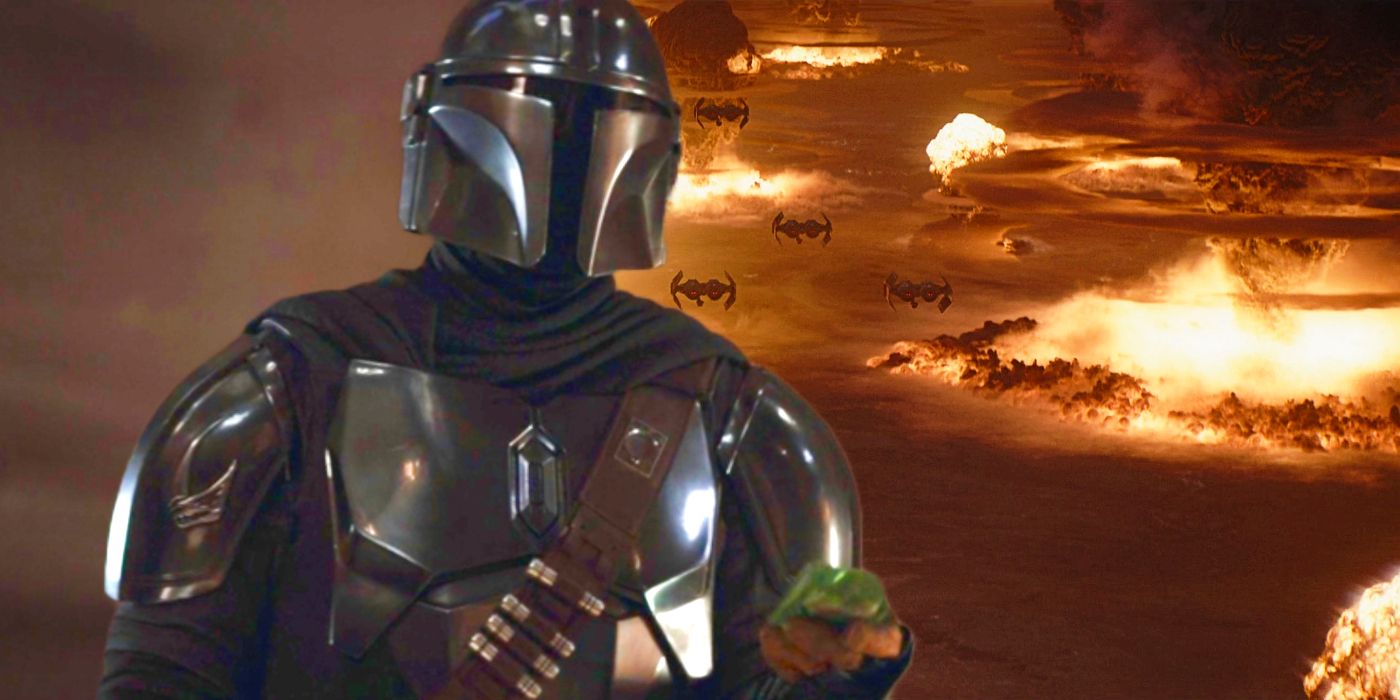The Mandalorians of the current Star Wars canon are quite different from their Legends-continuity counterparts, but the two iterations share many notable traits. Mandalorians and their distinctive culture and history have been around for most of the Star Wars franchise’s history, with Marvel’s classic Star Wars comics being among the first properties to develop the background behind the iconic bounty hunter Boba Fett and his suit of weapons-laden armor. Star Wars: The Clone Wars, a TV show that never truly fit in Legends, made significant changes to Mandalorian history and culture in the post-2014 canon, as did Star Wars Rebels and the ongoing series The Mandalorian.
The Clone Wars rewrote Mandalorian history in the Clone Wars era, establishing Duchess Satine Kryze’s New Mandalorians as both a pacifist subculture of the infamously warlike culture and the dominant Mandalorians for most of the prequel era. The series also suggests that neither Jango Fett nor Boba Fett are true Mandalorians (unlike their Legends-era counterparts), though The Mandalorian season 2 would go on to retcon this for Jango. The three TV shows also created lore surrounding the Darksaber, establishing that it belonged to the first Mandalorian Jedi and has since become symbolic of Mandalore’s rightful ruler (known as the Mand’alor). Canon did, however, retain numerous aspects of Legends-era Mandalorians.
Mandalorian Beskar Armor Is Lightsaber-Proof
The Mandalorians of both canon and Legends are particularly famous for their distinctive suits of armor, complete with helmets sporting T-shaped visors and a plethora of attached weapons. The armors have numerous variations based on Mandalorian eras, clans, and sub-cultures, but both continuities establish that they are typically made of beskar, also known as Mandalorian iron. Beskar is extremely resistant to direct hits from blaster bolts and is completely impervious to lightsaber blades. In both continuities, traditional Mandalorian armor is made of pure beskar, but many Mandalorians, due to the metal’s rarity, combine or replace beskar with weaker metals, making them far more vulnerable in battle.
Mandalorian Identity Is Based On Culture, Not Species
While canon and Legends each depict vastly different versions of the planet Mandalore, the world remains the birthplace and cultural capital of the Mandalorians. With this in mind, one may assume that Mandalorians must hail from Mandalore, or at least Mandalorian space, to be true Mandalorians, but canon and Legends establish that Mandalorian culture is a Creed. Any being of any species or background can become a true Mandalorian if they adhere to Mandalorian culture. Both continuities also establish that Mandalorian culture itself is clan-based, with different clans having different customs at times. Canon’s Children of the Watch, for instance, forbids its members from unmasking in front of others.
Mandalorians’ Inconsistent Feud With The Jedi
Mandalorians also have a historically hostile relationship with the Jedi Order in both continuities. The Jedi Order exists to protect the people of the galaxy and maintain freedom, while the Mandalorians were conquerors and mercenaries for most of their history. Due to this, the Mandalorians and the Jedi have often clashed in both smaller conflicts and full-scale wars. Despite this, there have been instances of the Mandalorians and the Jedi working alongside each other, often due to mutual enemies. In canon, Tarre Vizsla became the only known Mandalorian Jedi, while in Legends the Mandalorians and the Jedi fought alongside each other during the Clone Wars and the Yuuzhan Vong War.
The Death Watch & Their Conflicts With True Mandalorians
Unsurprisingly, the warlike and clan-based nature of the Mandalorians leads to a long history of in-fighting among Mandalorian sub-cultures. One particular group, the Death Watch, is the cause of significant suffering and bloodshed in the Star Wars prequel era. While the Mandalorians writ large grew past their time as conquerors and became relatively noble mercenaries (via Jaster Mereel’s Supercommando Codex), the Death Watch sought to return them to their bygone bloodthirsty ways. This led to a brutal Mandalorian Civil War between Mereel’s True Mandalorians and the Death Watch terrorist group. The war is shown in detail in Legends and brought into canon via The Mandalorian season 2.
Jango Fett: The Mandalorian Protégé Of Jaster Mereel
In both Star Wars continuities, Jango Fett became a Mandalorian under the mentorship of Jaster Mereel. While Jango’s history with Mereel and that of the True Mandalorians’ war with the Death Watch is explored in Legends’ Jango Fett: Open Seasons comic by Haden Blackman, canon references them in The Mandalorian. The Legends-era Boba Fett is a Mandalorian by culture, but his canon counterpart is not, though he wears his father’s Mandalorian armor for practical and sentimental reasons. Fett’s dialogue with Din Djarin (and his armor’s chain code) reveals that Jango fought in the Mandalorian Civil Wars like his Legends equivalent, likely making him a bitter enemy of the Death Watch.
The Sith Order’s Manipulation Of The Mandalorians
A rather common occurrence throughout the history of Legends-era Mandalorians is their manipulation by the Sith Order and their various empires. From Exar Kun to Tenebrae to Palpatine, the Sith are quite effective at turning the Mandalorians into their pawns, though this is also the case in the post-2014 canon. The Death Watch, desperate to depose Duchess Satine and the New Mandalorians, briefly allied themselves with the true Sith and the Separatist Alliance. When their plot failed, Dooku violently ended their partnership, but they soon became part of the Shadow Collective, led by the Sith pretenders Maul and Savage Oppress. Unsurprisingly, Maul betrayed his Mandalorian loyalists as well.
Mandalorian Influence On Clone Troopers
While Clone Troopers themselves are only Mandalorians in Legends, Mandalorian culture influences many of the clones in both continuities. In Legends, Jango Fett oversaw the training of all clone troopers, personally trained all Alpha-class ARC Troopers, and hired the Mandalorian Cuy'val Dar to train the clone commandos. Fett’s efforts resulted in all clone trooper types becoming cultural Mandalorians, but his canon counterpart was indifferent to the clone army’s training, and thus clone troopers are not necessarily Mandalorians. Thanks to the Mandalorian Journeyman Protector Fenn Rau, however, canon’s clone pilots could be considered Mandalorians by culture, as Rau oversaw their training.
The Galactic Empire Divided & Oppressed The Mandalorians
Mandalore is subjugated by the Galactic Empire in both canon and Legends, with their beskar reserves being mined by the totalitarian regime. While the Empire’s oppression of the Mandalorians in canon is extremely similar to Legends, they never reduced Mandalore to glass because the Mandalorians repelled Imperial forces far later in the original trilogy era. In the Star Wars Legends continuity, the Mandalorians prevailed against the Empire less than a year before the Battle of Endor, likely saving them from the same retaliation as canon’s people.

